The ASRock B450 Gaming ITX/ac and B450 Gaming K4 Motherboard Reviews
by Gavin Bonshor on July 31, 2018 10:00 AM ESTASRock B450 BIOS
ASRock uses a Fatal1ty branded UEFI BIOS on both of the featured B450 motherboards, the B450 Gaming ITX/ac and the B450 Gaming K4. Both are identical in layout and design and the new design marks a noticeable change from the first generation of AM4 Fatal1ty boards with both the B450 models dropping the red futuristic and fast looking patterning and opting for a subtler looking black colored theme with red highlights. Located at the bottom right corner is a QR code for more information and a description panel detailing where possible about the option being highlighted. The text throughout the entirety of the BIOS is white in color with a grey bar displaying which option is currently highlighted.
Note: For the purpose of this analysis and due to both B450 Fatal1ty branded models featuring the same layout, any key differentials between the two boards will be detailed below. Anything else not mentioned remains the same throughout both the B450 Gaming K4 and B450 Gaming ITX/ac models.
Starting with the opening splash screen, the main panel has a descriptive list including the firmware version, which processor model is installed, the base speed of the said processor, as well as the microcode version of the processor and L1, L2 and L3 cache sizes. Located below this is information regarding the memory installed, what capacity and what capacity modules are installed rated at the JEDEC settings. This is a good starting place for troubleshooting performance issues as this screen also lets you know if the memory is operating in single channel, or dual channel, even when the CPU-Z monitoring utility is showing dual-channel mode, memory could quite easily be running in single channel.
The B450 chipset does support overclocking unlike the more budget-friendly Intel chipsets, which is great due to the Ryzen (first and second generation) processors all featuring unlocked multipliers; base clock overclocking is dependent on the board as an external clock generator isn’t featured on many AM4 models at all, especially not these particular B450 models. The ASRock Fatal1ty BIOS allows for changes to be made to things like the CPU frequency, the CPU voltage core, memory frequency, timings and voltage, as well as allowing users to enable XMP 2.0 profiles on DDR4 memory that feature them. The key differences between the B450 Gaming K4 and B450 Gaming ITX/ac is in the memory settings. The Gaming K4 allows for adjustments to be made to the VPPM/VDDP memory voltage settings which ccontrol memory row access. The smaller ITX model doesn’t feature this, but it’s not a concern and the likelihood of any user needing to change these settings are slim to none.
The maximum available CPU Voltage core is limited to 1.55 V, with CPU frequency being limited to 6300 MHz on both models. The memory frequency range is capped at DDR4-4000 with the DRAM voltages going up to a maximum of 1.8 V. This is way above and beyond what can be expected from any Zen core-based processor, unless sub-zero cooling methods are utilized.
Just like we have highlighted in the past, the ASRock UEFI BIOS does allow for adjustments to be made to the onboard RGB LEDs, but this features a very archaic and underdeveloped design and unless a user is familiar with RGB number code combinations, it’s very much trial and error to achieve the desired color. The speed of the LEDs can also be customized, although that’s about it with any further customizations needing to be done via the dedicated ASRock Polychrome RGB software.
While not so useful in an operating system, the ASRock BIOS (like most) has an integrated hardware monitor displaying a variety of temperatures from different sensors across the board. Included is CPU temperature, with this being a good place to check whether or not the CPU cooler is mounted properly before any unnecessary loads are placed on the chip. Also included is the motherboard temperature which is a good indicator of how good ambient temperature and airflow is within a system. There are also readouts for each of the CPU and chassis 4-pin headers measured in RPM, with read-outs of current voltages across the 12 V, 5 V and 3.3 V lines.
Across all of the AM4 ASRock boards we have seen, they do feature an integrated UEFI utility designed to customize fan profiles; it’s FAN-Tastic. Users can manually adjust the fan curve based on certain temperatures across each of the 4-pin headers or opt to use one of the pre-defined profiles which include silent, standard, performance and full-speed. All of the 4-pin headers on both boards support PWM capable fans and are defined as Speed Control. The headers can also auto-detect if a 3-pin fan is installed which will thus default into DC mode on the specific header.
As we have emphasized in previous AM4 socketed ASRock motherboard reviews, more could be done to enhance the usability of the RGB LED customization options as the layout is somewhat prehistoric in technology terms. ASRock does however include the Polychrome RGB software as standard on boards that feature integrated RGB LEDs, or those that come installed with RGB headers, but the BIOS options are still somewhat limited. The overall layout is neat and simple, is easy to navigate and feels responsive when using both a keyboard, or a mouse. The change in design from the X370 Gaming ITX/ac and B350 Gaming K4 models is a nice improvement, albeit to aesthetic and not overall feel, which was good to begin with.
ASRock B450 Software
Both the ASRock B450 Gaming K4 and B450 Gaming ITX/ac motherboards come supplied with the same software suite; software is included within the bundle on a disc, but the software can also be downloaded directly from either of the ASRock official product pages. The only exception to this is the Sound Blaster 3 auditory software is listed as downloadable on the B450 Gaming K4 support page, whereas the B450 Gaming ITX/ac doesn’t show it as listed. It was tested on both models and worked perfectly fine. The software included with both models is almost identical to what’s supplied with the B350/X370 Fatal1ty branded offerings; the most notable pieces of software include the ASRock Polychrome RGB software and the F-Stream overclocking utility, with others such as the ASRock App Shop and Live Update which acts as a hub to download supported software and drivers, but without having to leave the desktop.
The Sound Blaster 3 audio utility offers users a range of customizable options with features such as SBX surround; this feature is designed to increase the realness of how the audio sounds. Included is various pre-defined pre-sets designed for users to quickly select between including gaming, movies, music etc. For the real aficionados of audio or users looking to tweak certain settings such as bass with a set of custom EQ sliders which allow for customization. The SBX smart volume settings allows users to avoid nasty auditory spikes such as loud bangs, as smart volume mitigates large spikes which can cause ear discomfort.
With such primitive and lackluster RGB customization options within the BIOS, the ASRock Polychrome RGB software has all the tools required to leave a user’s own personal stamp on the style of a system. The Polychrome RGB software allows users to sync up the RGB LED lighting options such as RGB LEDs integrated into the chipset heatsink of the B450 Gaming K4, as well as through the addressable RGB LED header and AMD fan LED header too. The colors can be selected through the jog wheel while the brightness of the shade of color can be dictated by the square panel in the center. The Polychrome RGB software isn’t unique to the motherboard model and is generic across the entire range of ASRock Polychromatic supported devices.
While not exactly complex, the Restart to UEFI software allows users an easy route into the BIOS without having to restart the system and press F2 or Del enter during POST. The two options available include one to enter the UEFI BIOS during the next boot sequence, with the second option for rebooting the system immediately after clicking apply.
Both the B450 and X470 chipsets support overclocking and the F-Stream utility allows users to customize certain settings from within the operating system. While AMD has their very nifty and useful AMD Ryzen Master overclocking utility, the F-Stream is tailored to ASRock models and allows for tweaks to the CPU frequency, CPU voltage core, as well as memory voltage, but there are no options available to tweak memory frequencies or adjust the memory strap. F-Stream also allows users access to the FAN-Tastic software where pre-defined fan curve profiles can be selected, or you can even customize your own based on current temperature. Users can also see basic system information as well as information regarding temperature, current voltages and fan speeds thanks to the inbuilt hardware monitor.
The Live Update and App Shop software have been amalgamated into one piece of software with the ability to download and keep supported software and apps updated via the internet. There are a range of applications such as Norton Internet Security, as well as various gambling related games. The live update function allows users to keep installed software up-to-date, but just as importantly, firmware too. In the settings the option to select which server the software and drivers are downloaded from can be changed from a dropdown menu, as well as the temporary download location.
I would have expected a gaming branded motherboard to feature gaming related software, but the majority other than the included F-Stream and the Creative Sound Blaster 3 Cinema software are likely to have any impact on a gaming experience. What is provided is fully functional within the limitations of the chipset, such as F-Stream having no options to increase base clock due to ASRock omitting an external clock generator and for a budget-gaming focused offering, everything given is to be expected.


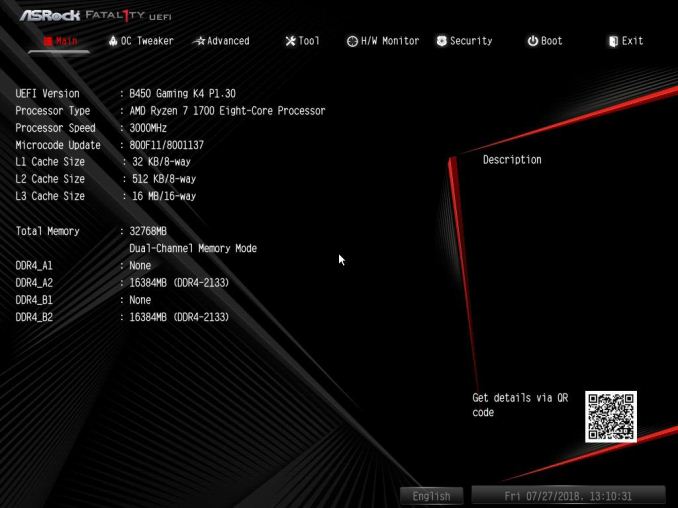

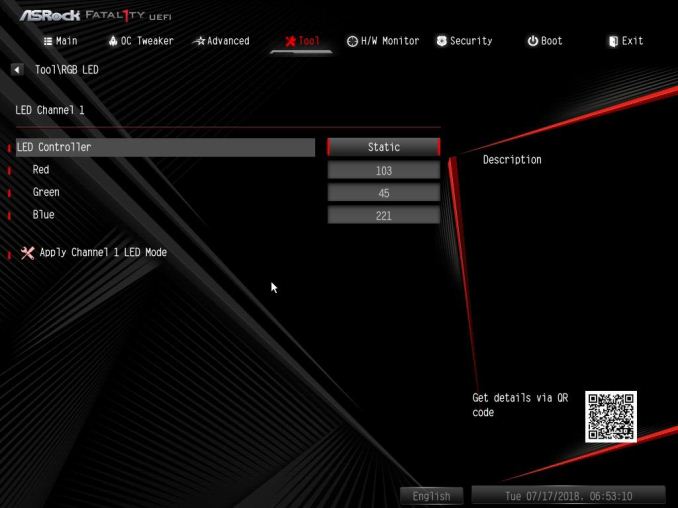
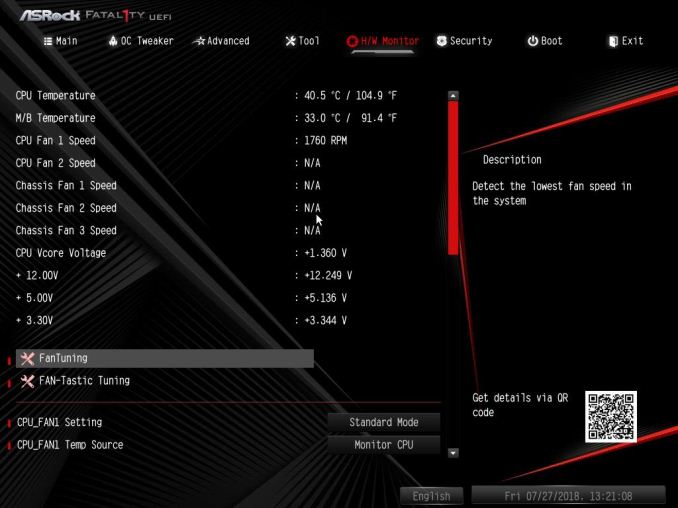
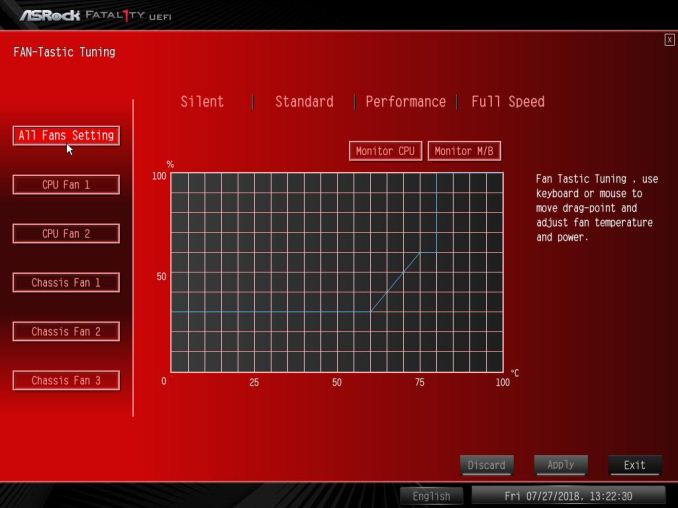
_thumb.jpg)
_thumb.jpg)
_thumb.jpg)
_thumb.jpg)
_thumb.jpg)
_thumb.jpg)
_thumb.jpg)
_thumb.jpg)
_thumb.jpg)
_thumb.jpg)
_thumb.jpg)
_thumb.jpg)
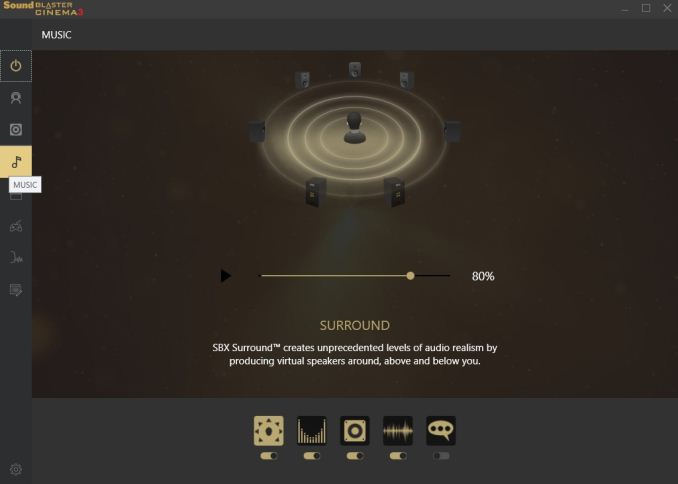
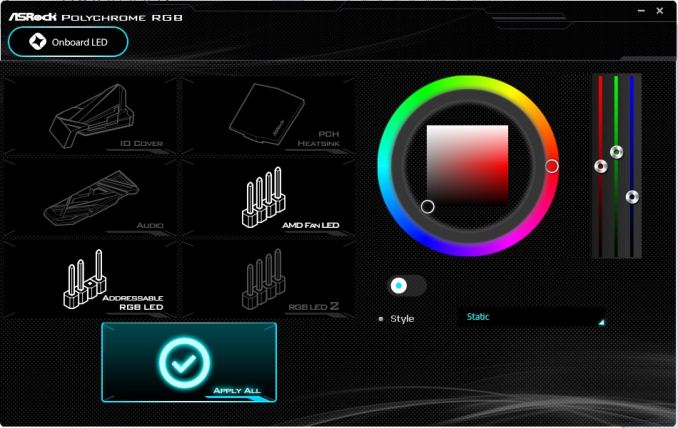
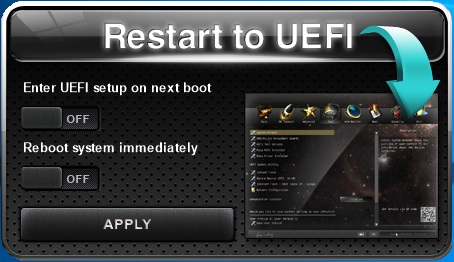
















29 Comments
View All Comments
u.of.ipod - Tuesday, July 31, 2018 - link
Why does the USB-C port need to use an additional ASMedia chipset? I thought B450 could support two 3.1 10GBS ports?vkristof - Tuesday, July 31, 2018 - link
Good question! This non-utilization of the B350/B450 on-chip "2 x USB 3.1 Gen2" ports has been a pet peeve of mine. Theoretically, it seems that Gen 2 ports could be added to B450 motherboards for minimal cost...I give credit to Gavin Bonshor for mentioning how the motherboard USB 3.1 Gen 2 ports are implemented. His description "the inclusion of a pairing of USB 3.1 10 Gbps (Type-A and Type-C) port; the Type-A comes native to the B450 chipset" indicates that at least one of the B450 Gen 2/10 Gbps ports can be made to work is good to read.
linuxgeex - Thursday, August 2, 2018 - link
Probably so that it can support more USB-C features than the mobo chipset does. ie perhaps thunderbolt and enhanced power delivery.AdrianB1 - Tuesday, July 31, 2018 - link
So Asrock was not able to spend the extra 50 cents to put an Intel LAN on the ATX and mATX boards? In those $100 there was no room for it?PeachNCream - Tuesday, July 31, 2018 - link
An Intel NIC would have been nice, but at least it's a RealTek and not a Killer so ASRock deserves credit where its due.mapesdhs - Tuesday, July 31, 2018 - link
Just curious, what is it about Killer NICs that people seem to not like? My MSI laptop has a Killer NIC and it works fine, at least for the uses I've put it to. So when is it where Killer NICs can or do let one down?hyno111 - Wednesday, August 1, 2018 - link
Bloated driver.DanNeely - Wednesday, August 1, 2018 - link
Their drivers have historically been much less stable than Intel or even Realtek's, and I've never seen a 3rd party review from a trusted site able to show any actual benefit for killer's alleged optimization for gaming other than generating fodder for their marketing dept.PhrogChief - Tuesday, July 31, 2018 - link
Only the b350 itx ASRock board has red heatsinks. Is this some copy pasta?PhrogChief - Tuesday, July 31, 2018 - link
And frankly, just using stock photos in a review is just lazy...